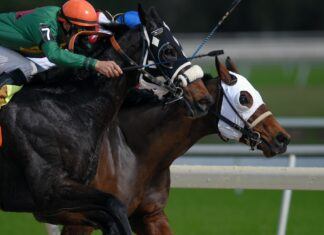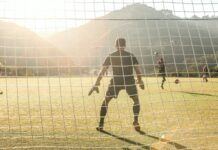To play Football, what does a player need to accomplish tactically?
It’s important to know what the basic rules and concepts are in Football. How can we teach young people to comprehend, read, and analyze what’s going on around them to prepare them for a better future ? Get to know the fundamentals of the game, including its phases, sub-stages, and concepts, so that you can teach it to your squad. The idea of the game is to get the ball into the opponent’s goal while preventing it from entering your own.
Each squad in this game comprises eleven players. Horizontal “lines” are used to divide the pitch into four sections: goal, defense, midfield, and attack. At midfield and striker, the players are separated into longitudinal zones: right-back and center-back We can talk about systems based on the number of players in each line, starting with the goalkeeper.
The 1: 4: 4: 2 system, for example, requires a goalkeeper, four defenders, four midfielders, and two forwards in the offensive third of the field. When a team is playing defense, there is no better time to see how the system functions. Following a series of attacks, a player’s position tends to shift slightly.
We refer to a team as being on the offensive when it has possession of the ball during a game. Depending on the stage, we have additional sub-stages with their own goals.
It’s essential to teach the approach early on:
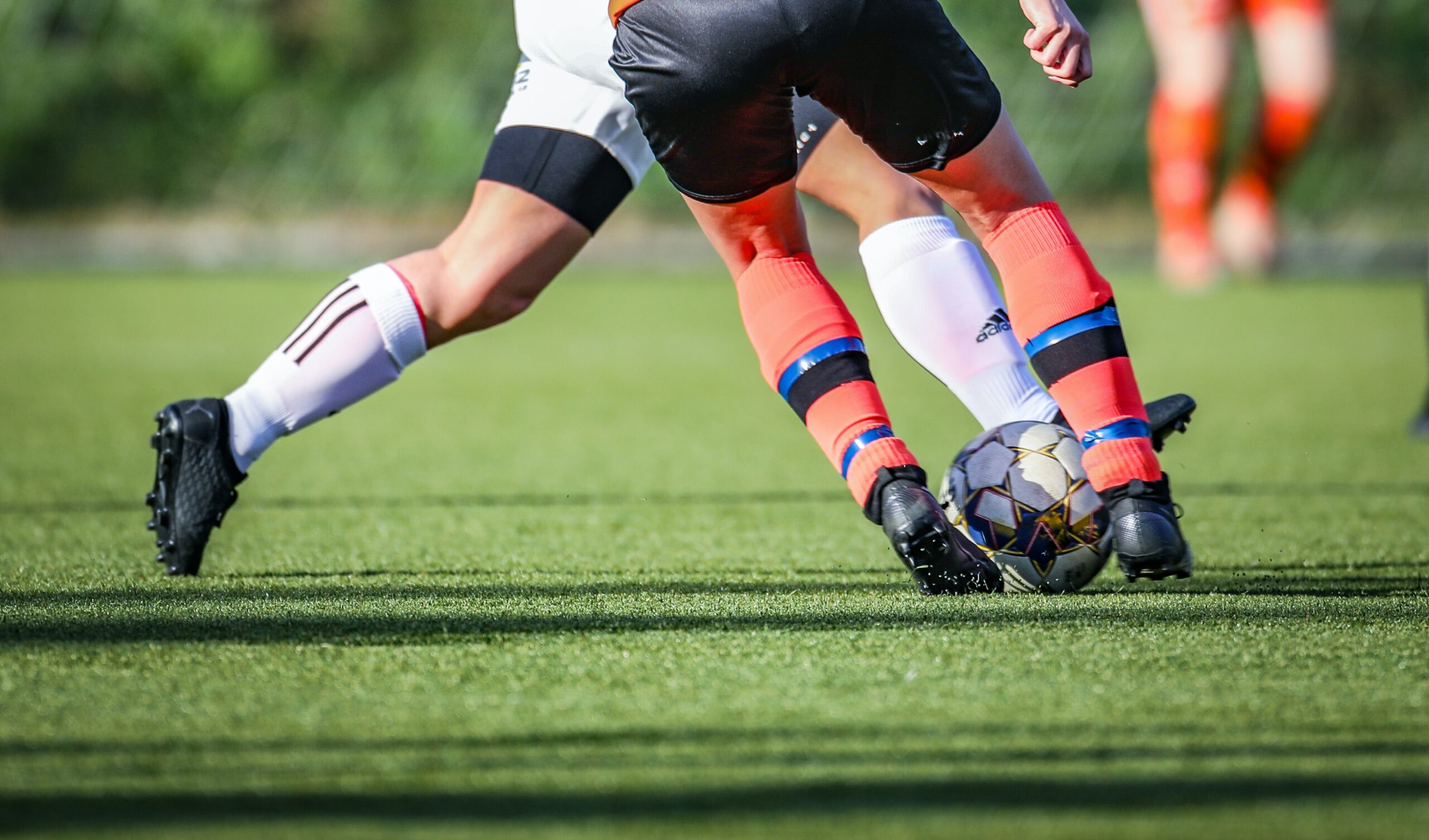
In light of the game’s various levels and substations, We may use the ideas and fundamentals of the game to teach our players to make better decisions for ourselves.
These are a few of the more important ones:
Second, there are no support-free areas. The offensive has an advantage in open areas. We are finding, identifying, and utilizing open areas to the benefit of the team. Teaching patience and “expecting” the ball to arrive in certain spots is critical when we’re launching an attack.
We must get defenders to move to these open spaces “independently” of the ball’s location if they are present. The reason is that their teammates can pass the ball to them if they’re occupying an open space. “Abandoning” an advantageous position to get the ball is standard in the early stages of training.
It should be the opposite way around: The player must be in an advantageous position and must draw the ball to him. Assuming that not all accessible areas are supportive, there is no purpose in supporting me if the ball is near an opponent’s goal.
Every time a player does not have the ball, they should move:
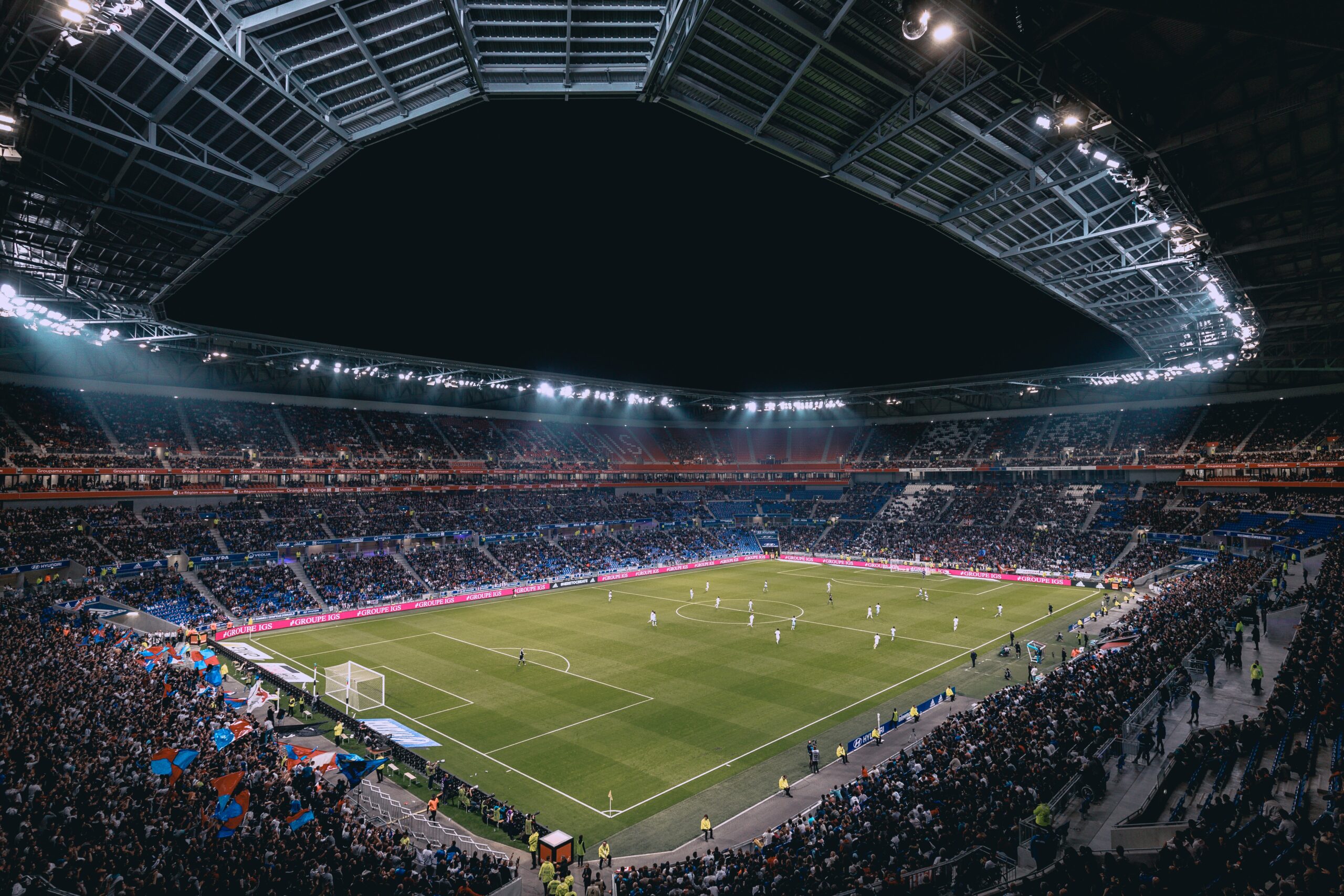
A team’s style of play is defined by the players who do not have the ball at an attack. If they’re motionless, it’s simpler for the defenders to keep an eye on them, so the player with the ball will have fewer alternatives for passing the Football. However, if the players who do not own the ball are constantly moving, the following scenarios can arise: Helps the ball-carrying player.
They have the freedom to roam the streets, looking for places where there is no one to stop them (angles). Third-person support for the player with the ball is essential for players moving away from the ball area. We are streamlining the movement of the ball from one location to the next. Create a haven for your peers without the presence of armed guards.
In many cases, the attacker has two options if he finds himself in a support-free area and the defender chases him.
Whenever you can, try to drag a defender out of the way so that a teammate can receive the ball unimpeded. Think about what might happen in the future. The quicker the response, the more effective it is. Because the ball is faster than the player and does not weary, players must move the ball as quickly as possible. If a player isn’t dribbling, “What’s going on in the game can be “read.”
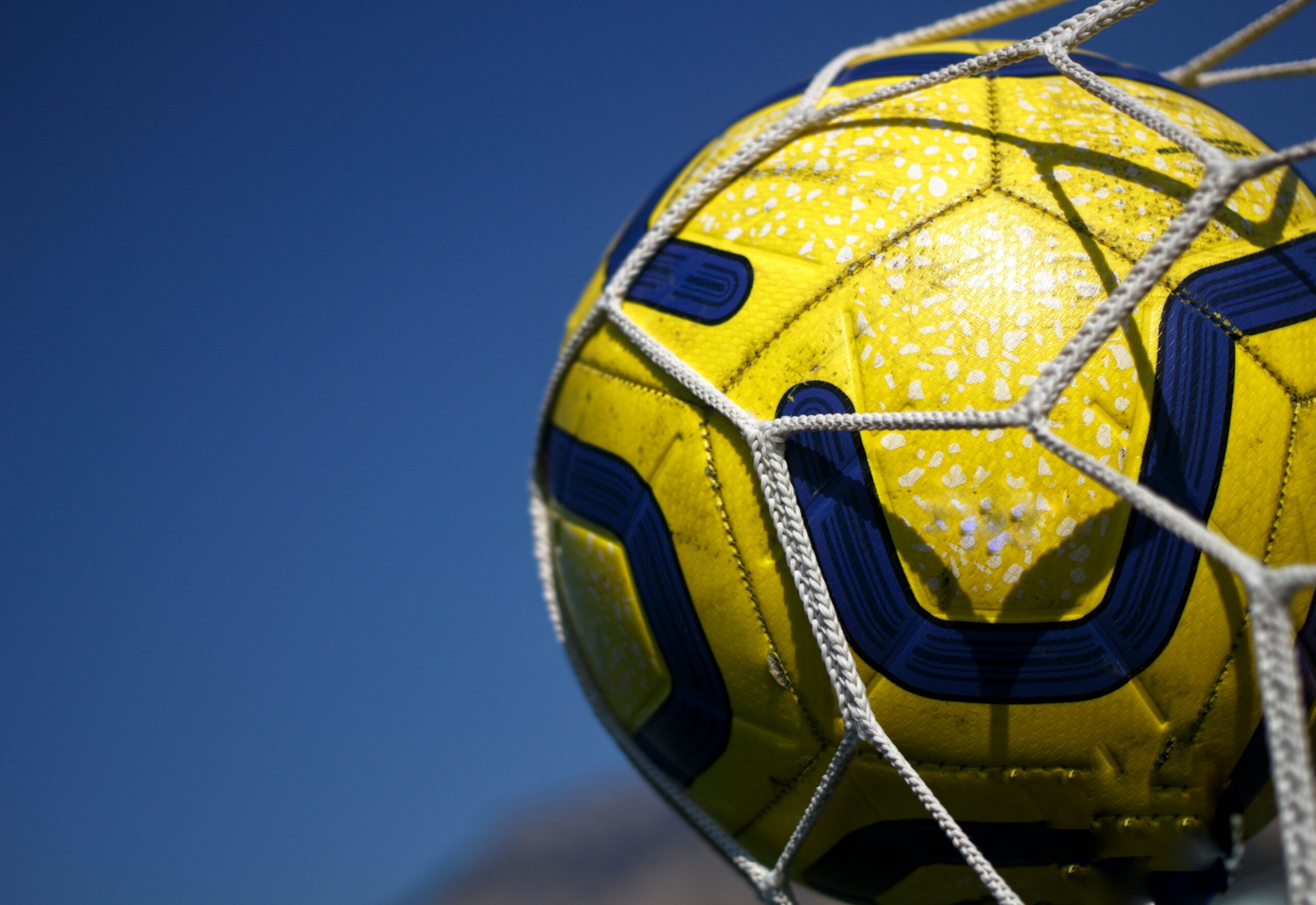
It’s time for a goal kick from my goalkeeper. They must “predict” what will happen next “he’s going to pass the Football to my right defender or to my offensive midfielder who is unchecked.” Furthermore, users must also “create” their own game by making future decisions that affect the outcome.
We are going to assist the player with the ball or the next pass receiver. You may pass the ball to the left-wing and then run into the frontcourt to assist you. As a result, You must watch the striker’s actions as the ball approaches the feet to handle and pass it as swiftly as possible. We must keep moving to help the player with the ball and any potential future receivers who may come in their path.
Keep the ball in play:
In a contested game, the team with possession of the ball has the upper hand. Your opponents can’t hurt you or score goals when your team has possession of the ball. As a result, the opposing team will be exhausted before the game begins because it will chase the ball and make technical blunders that could give you the win.
Ultimately, if you have possession of the ball, you’re in charge of deciding when to attack and go for goals. If you’ve ever seen a modern Football team lose possession of the ball, you’ll know that it’s tough to do so.
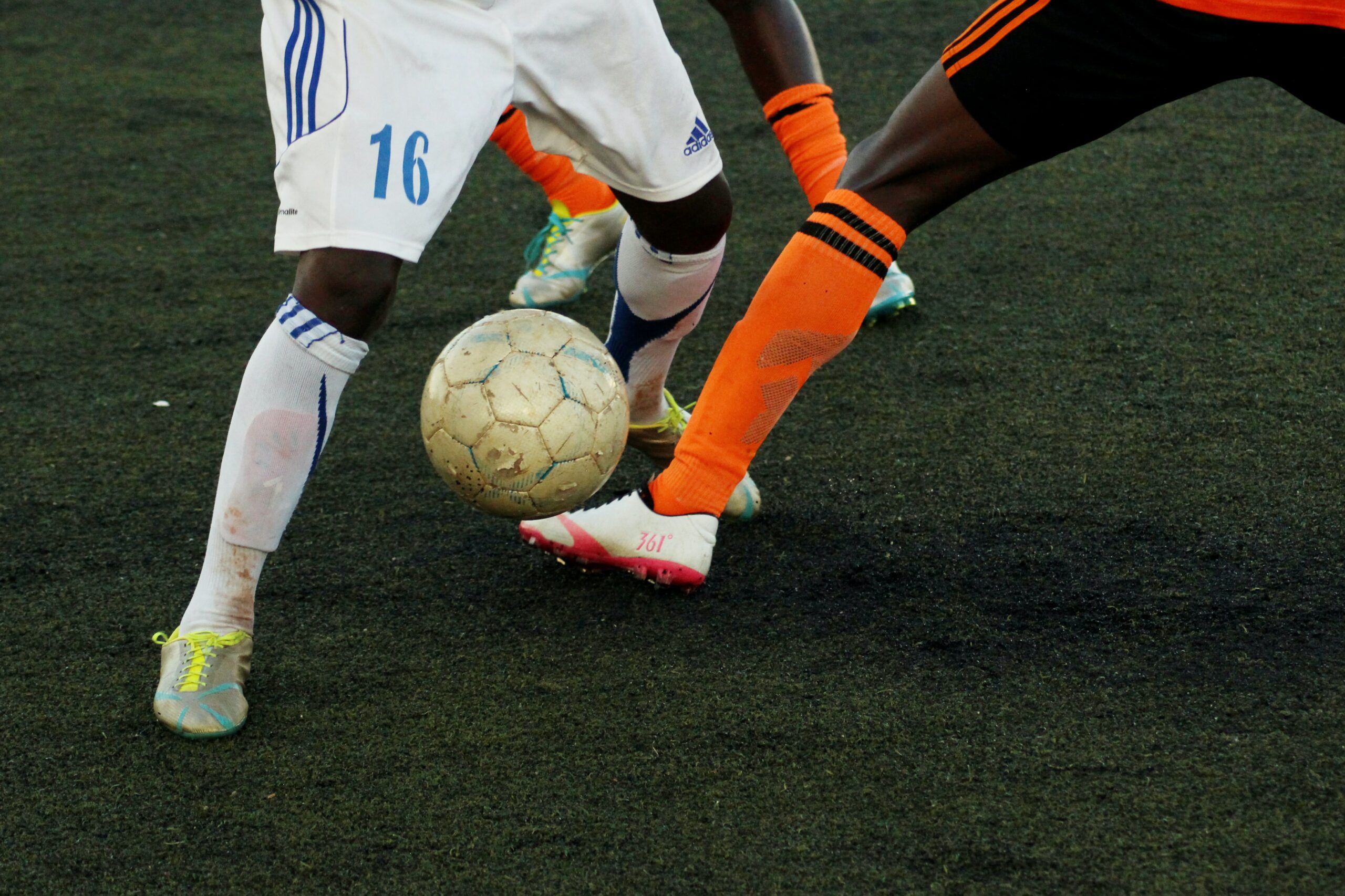
Finishing the job, There is no other option:
The defense of the team that fails to complete the attack must be quick. Finish the attack and aim for a goal when we’re in the last third of a Football field. A goal, a goal kick, a defender blocking it, the goalie stopping it, corner kick, foul, etc., are all possible outcomes of this activity. They’re out of the game because they didn’t shoot on goal or get tackled by defenders. When the other team “kicks the ball,” it means it is preparing to counterattack.





